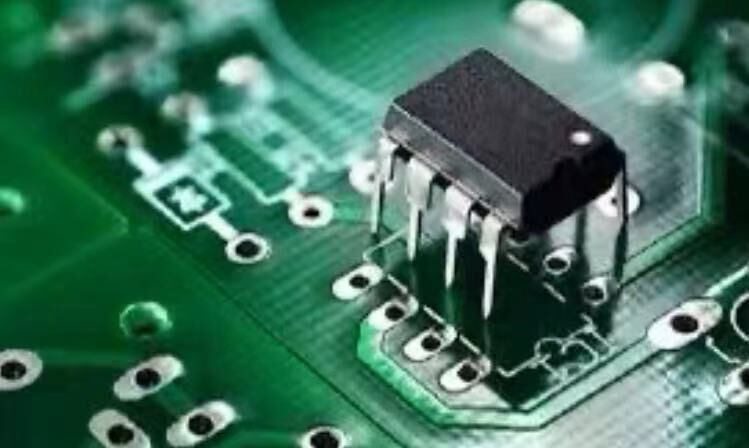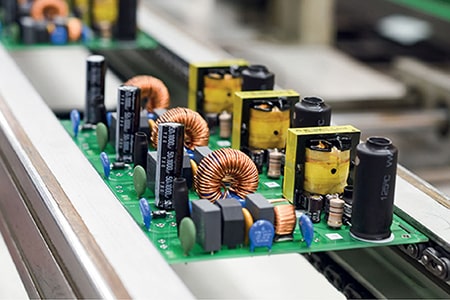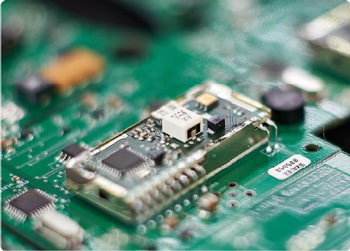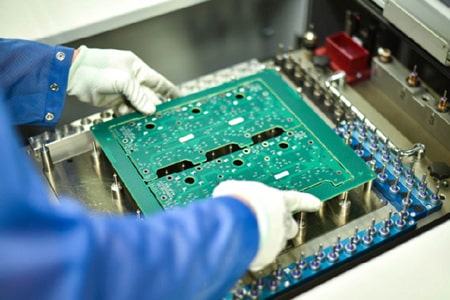Through-Hole PCB Assembly (THT Process)
In the field of PCB manufacturing, there are two major assembly methods: surface mount technology (SMT) and through-hole technology (THT). While SMT has become the mainstream, through-hole PCB assembly still plays an important role in many industries due to its strength and reliability.
What Is Through-Hole Assembly?Through-hole assembly is the process of inserting component leads into pre-drilled, plated holes on a PCB and soldering them—either by wave soldering, selective soldering, or manual soldering. This method ensures strong mechanical bonds and stable electrical connections.

THT Process Flow
Drilling & Plating – PCB boards are drilled and plated with copper to create conductive holes.
Component Insertion – Operators or automatic insertion machines place components into the holes.
Soldering – Typically done by wave soldering, selective soldering, or manual soldering to secure components.
Inspection & Cleaning – Quality checks via AOI, X-ray, or manual inspection, followed by cleaning if needed.
Advantages of Through-Hole PCB Assembly
High Mechanical Strength – Leads go through the PCB, making assemblies resistant to stress and vibration.
Reliable Performance – Suitable for products requiring long-term stability.
Support for High-Power Components – Ideal for transformers, connectors, and large capacitors.
Applications of THT
Although SMT dominates mass production, THT process remains essential in:
Industrial and power electronics
Automotive electronics
Communication and energy systems
Aerospace and defense applications
Through-hole PCB assembly is not an outdated method, but a complementary process to SMT. For customers looking for reliable and durable PCB assembly solutions, THT remains a critical option. As a professional PCB assembly service provider, we deliver high-quality through-hole and SMT assembly to meet diverse industry needs.







